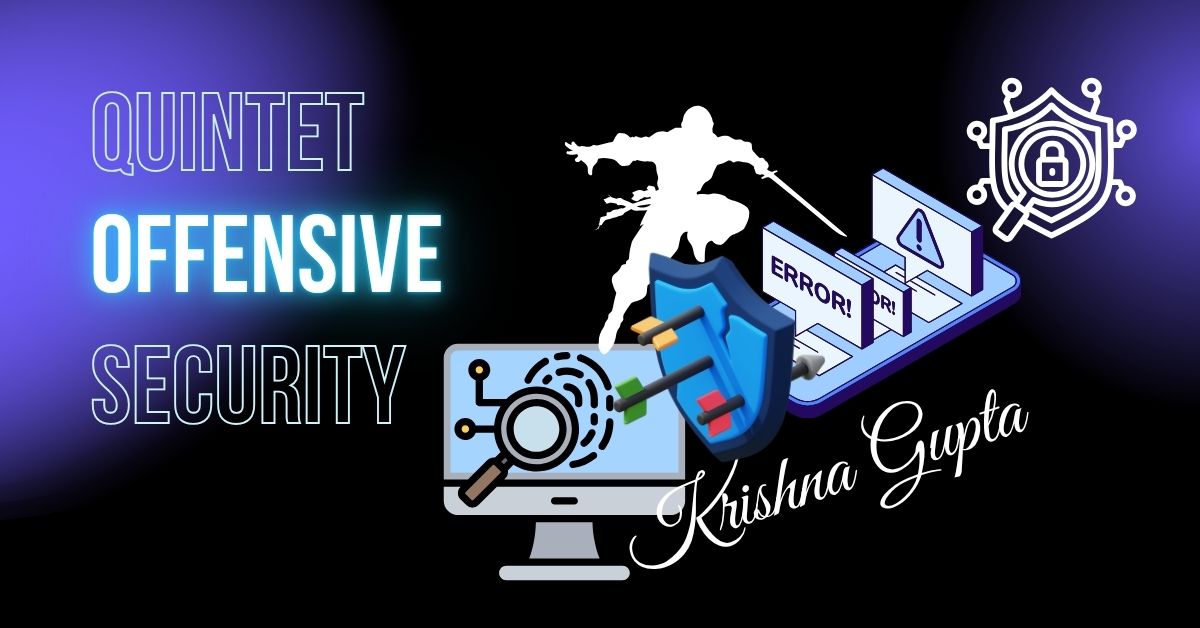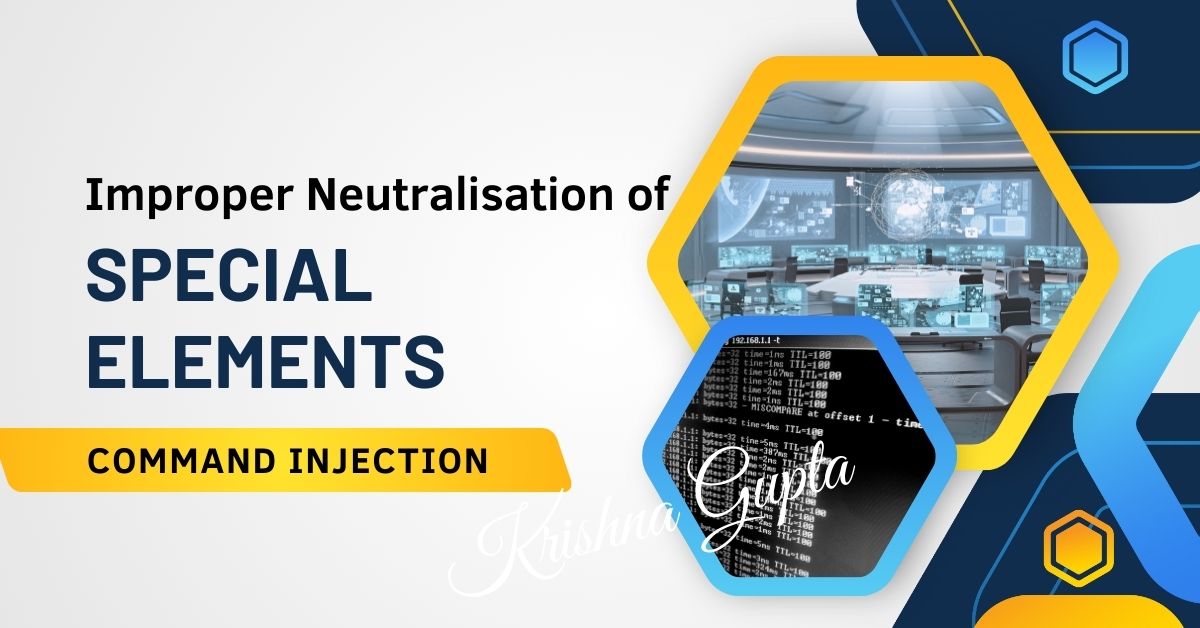Information Security in the AI Era: Evolve Faster Than the Threats or Stay Behind
In the corporate boardrooms and security operation centres of the 2020s, a new battlefront has emerged—cybersecurity in the AI era. The transformation is not subtle. Artificial Intelligence (AI) is no longer ahead of its time aspiration but a present-day force—amplifying threats and simultaneously offering powerful countermeasures. The question for today’s leadership isn’t whether AI will affect cybersecurity—it already has. The pressing challenge is: how quickly can your organisation evolve to match or outpace AI-enhanced adversaries?




